
Issac Newton’s conception of the Universe as based upon Natural and rationally understandable laws became Enlightenment ideology as a core principle.
Below is an excerpt from a biography of Issac Newton included with our books.
Isaac Newton, English physicist and mathematician, was born into a poor farming family. The date of Newton’s birth was recorded on December 25, 1642 at Woolsthorpe, near Grantham in Lincolnshire, UK.
Newton was not a good farmer and was sent to Cambridge to study to become a preacher. He entered Cambridge University in 1661. At Cambridge, Newton studied mathematics, being influenced by Euclid, Baconian, and Cartesian philosophies.

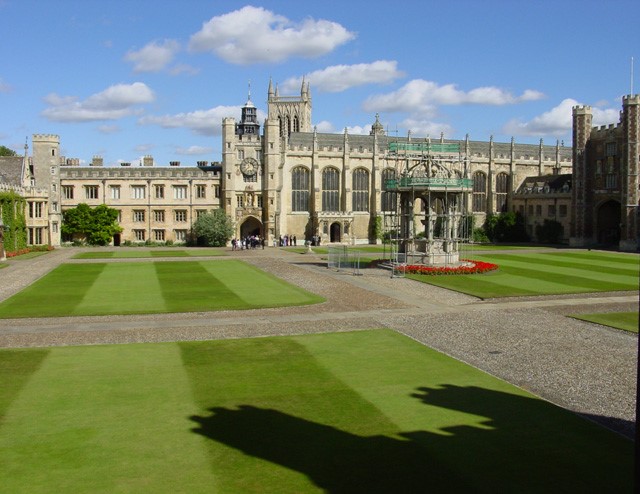
Newton was elected a Fellow of Trinity College in 1667 and Lucasian Professor of Mathematics in 1669. During the following three Cambridge years, he prepared Philosophiae Naturalis Principia Mathematica (Mathematical Principles of Natural Philosophy) commonly known as the Principia though this was not published until 1687.
Newton was elected Member of Parliament for the University of Cambridge to the Convention Parliament of 1689 and was reelected from 1701-1702.
Newton was appointed as Warden of the Royal Mint in 1696 and became Master of the Mint in 1699 until his death.
Newton was elected a Fellow of the Royal Society of London in 1671 and became President in 1703. After that he was annually reelected to the President for the rest of his life.
Newton was knighted in Cambridge in 1705.
Newton discovered measurable, mathematical patterns in the phenomenon of color through his book Opticks. The book Opticks published in 1704 established Newton as a pioneer of the interweaving of pure theory with quantitative experimentation.
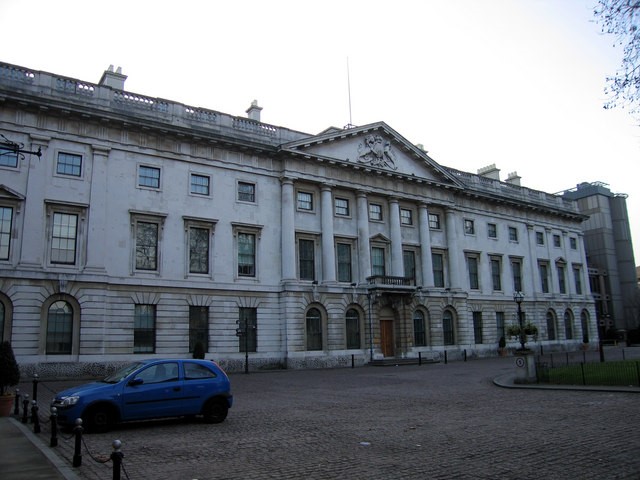
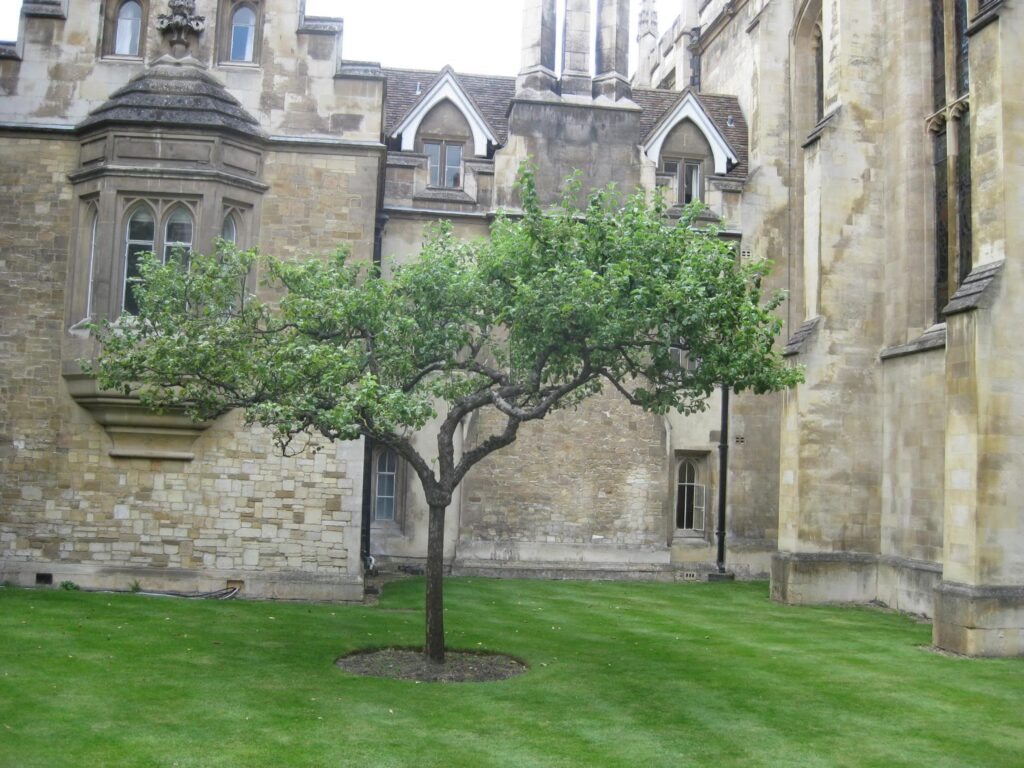
In mathematics too, Newton made contributions to all branches of mathematics then studied and his solutions to the contemporary problems in analytical geometry of drawing tangents to curves (differentiation) and defining areas bounded by curves (integration). He discovered general methods of resolving problems of curvature, embraced in his “method of fluxions” and “inverse method of fluxions”, respectively equivalent to Leibniz’s later differential and integral calculus.
According to the very popular story, Newton figured out that the same force governed the motion of the Moon and the apple when he was on seeing an apple fall in his orchard in 1666.
The key contribution of Newton to the modern science and engineering was his book Principia.
Book I of the Principia details the foundations of the science of mechanics. Book II inaugurates the theory of fluids. Book III shows the law of gravitation at work in the universe.
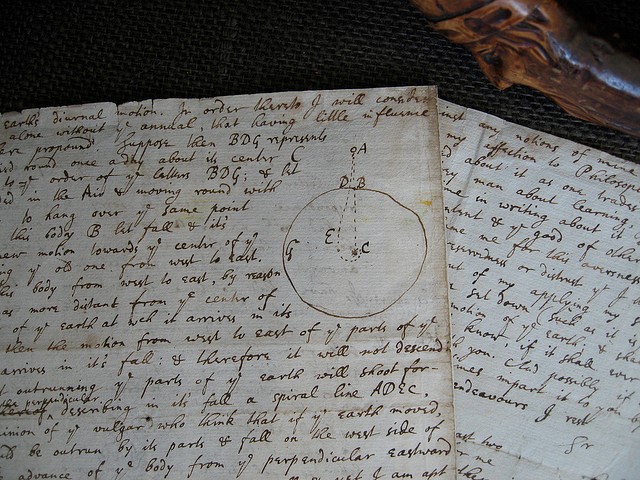
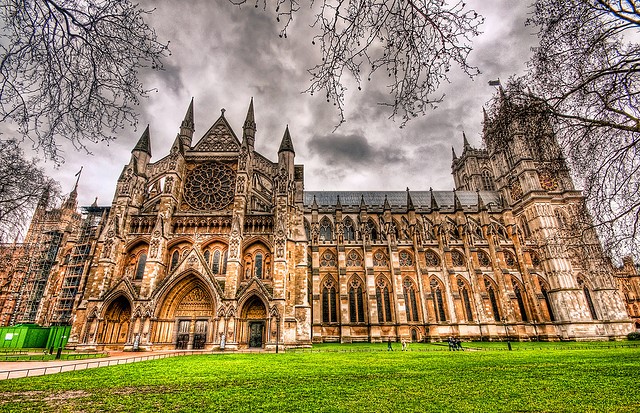
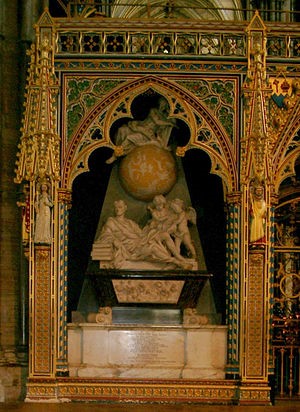
Newton’s last decades were spent in revising his major works and carrying out his official duties. He was harsh towards his academic enemies but generous to friends. He was not just a scientist but also he proved an able administrator in carrying duties of government.
Newton died on March 20, 1727. He never married and lived modestly, but was buried with great pomp in Westminster Abbey.